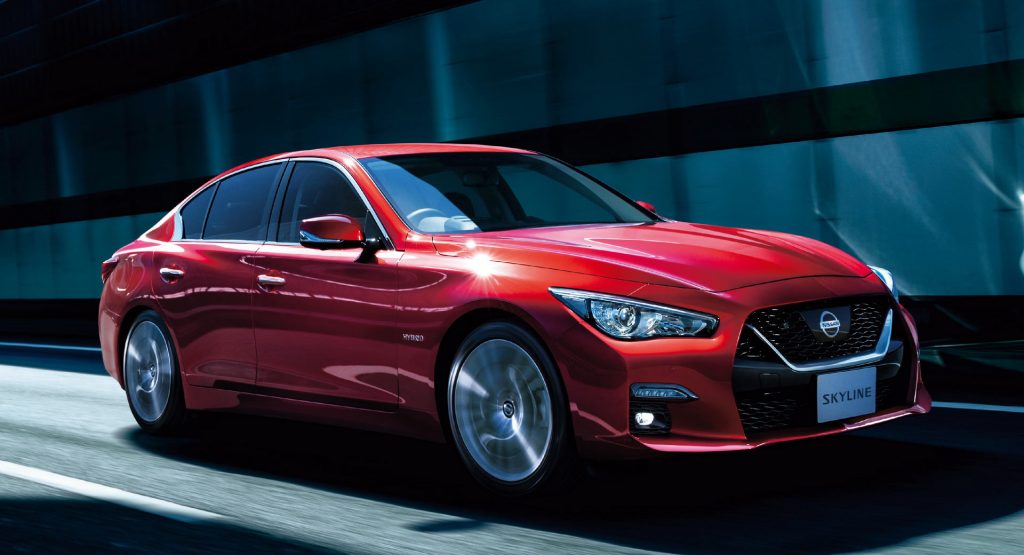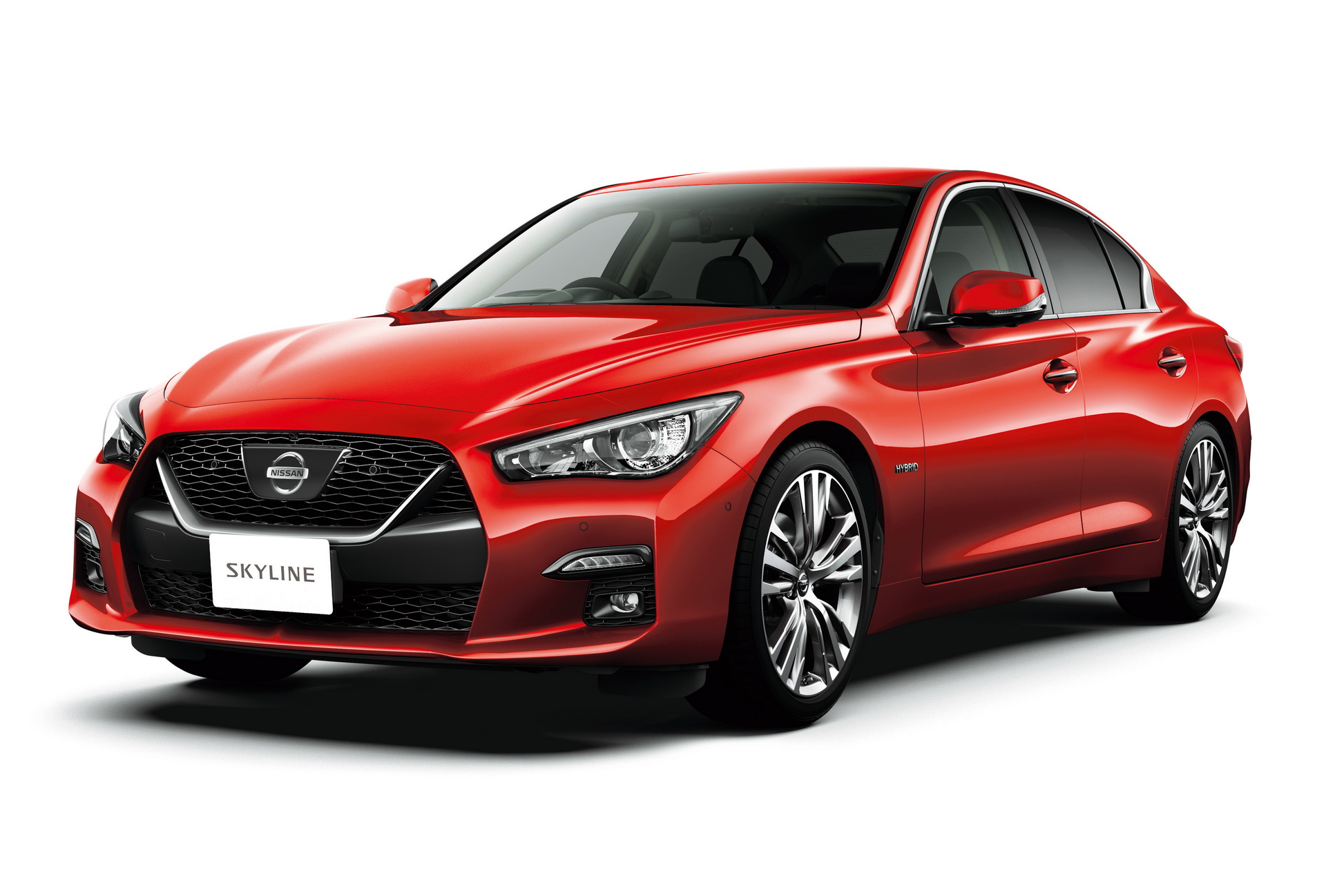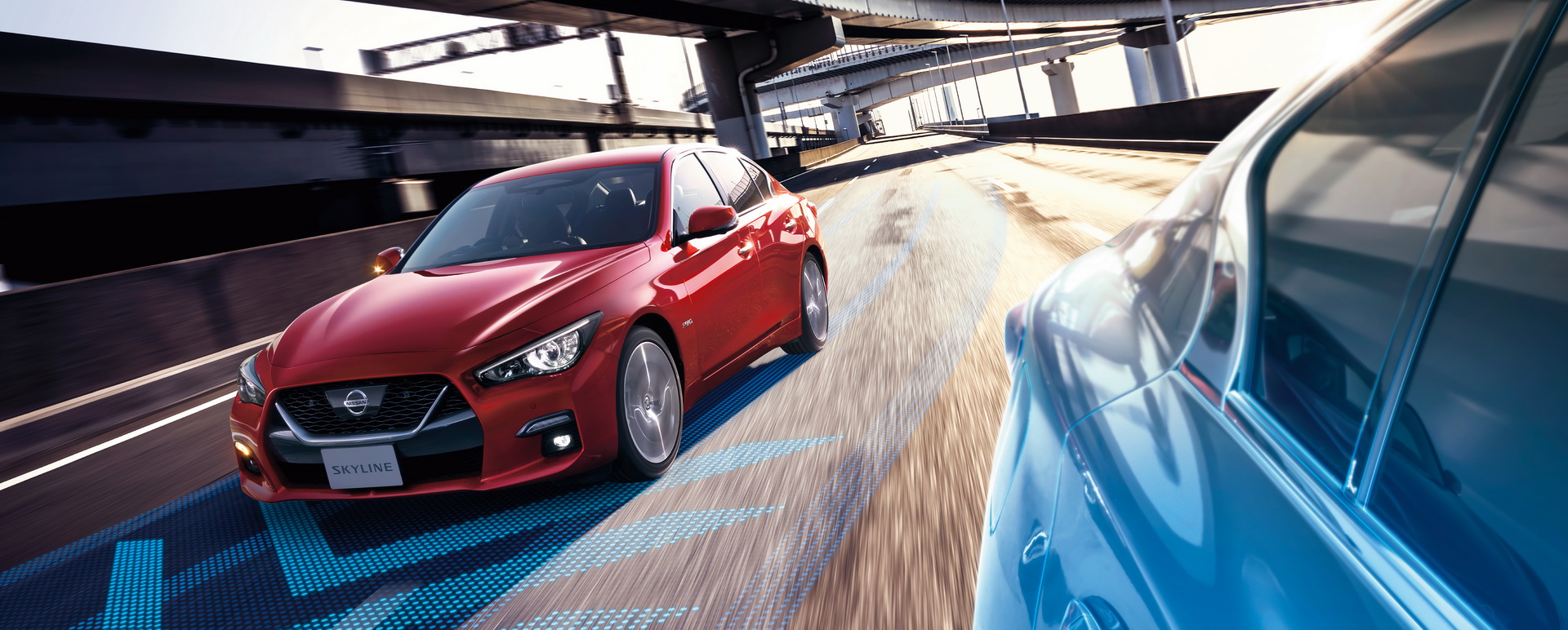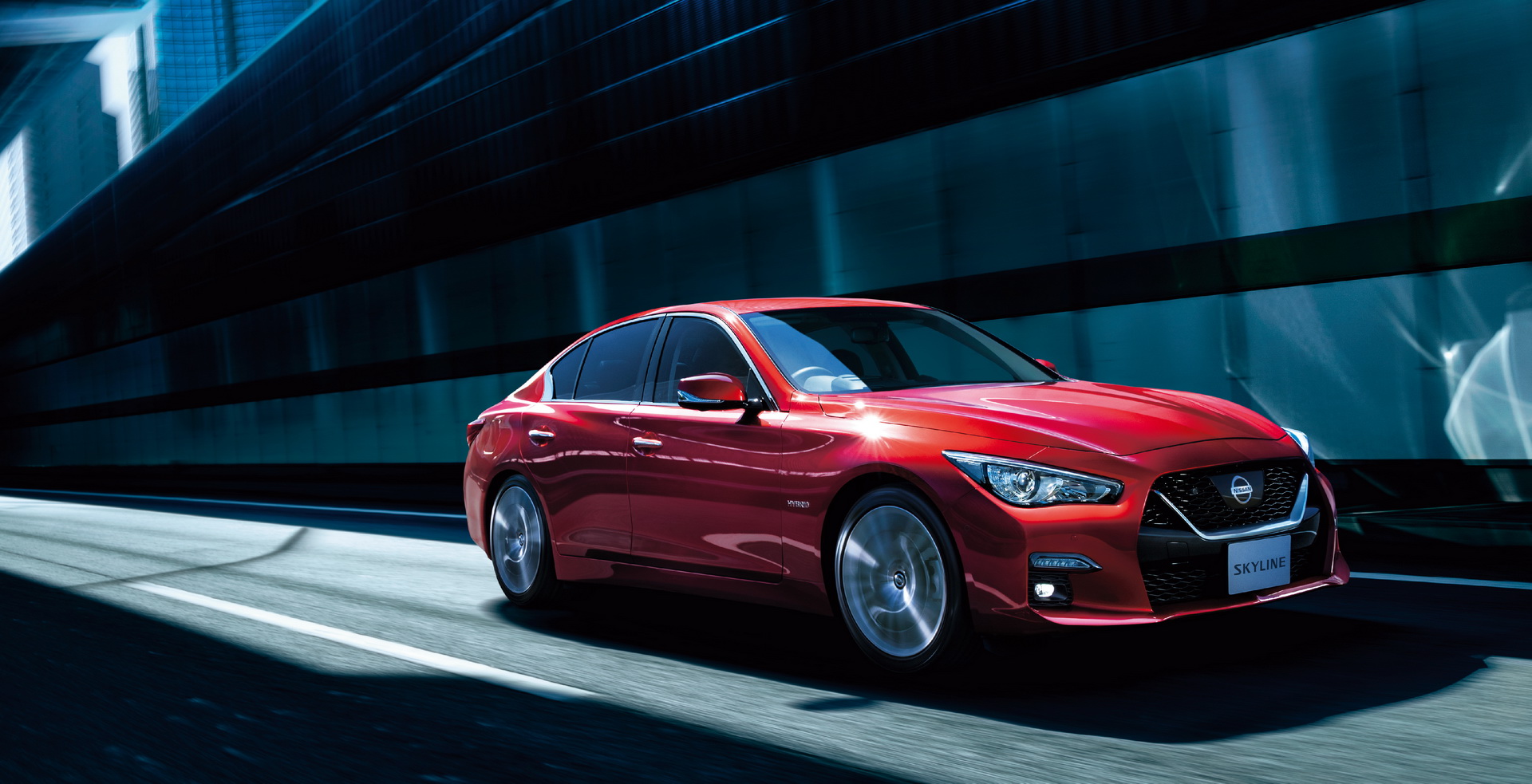Nissan’s ProPilot 2.0 system shows just how self-driving technologies could influence future designs in the automotive industry.
According to the automaker’s design chief, Alfonso Albaisa, the front fascia of the Nissan Skyline sedan had to be extended and smoothed in order to accommodate ProPilot 2.0 and all of its new sensors, as reported by Autonews Europe. Apparently, sensors underneath sheet metal don’t “see” well through complicated creasing and angular styling.
“We had to change the outside because of the inside,” said Albaisa during the launch of the updated Skyline, the very first Nissan model to feature ProPilot 2.0. “There’s a lot of technology in the front of this thing. Especially on the cheeks. A whole bunch of things had to happen.”
Thanks to it’s wide range of new sensors, the latest Skyline can now offer its occupants hands-free, auto-navigating highway driving, and while the changes to the front fascia are quite subtle, they were necessary in order for the tech to work properly.
“What happens with a lot of these sensors is they don’t like creases, and they don’t like undercuts, because it defracts their wavelengths,” added Albaisa.
Also read: 2020 Nissan Juke Is Such A Tease, Debuts September 3rd
“You’ll find that on a lot of the cars coming, probably on all brands, to be honest. It prefers clean surfaces so the sensors and the lidar and everything can send out very clean waves.”
The Skyline also boasts changes to its interior, where an infrared camera was mounted in the middle of its dashboard in order to monitor the driver and make sure that he or she is alert and ready to take over in case of an emergency.






